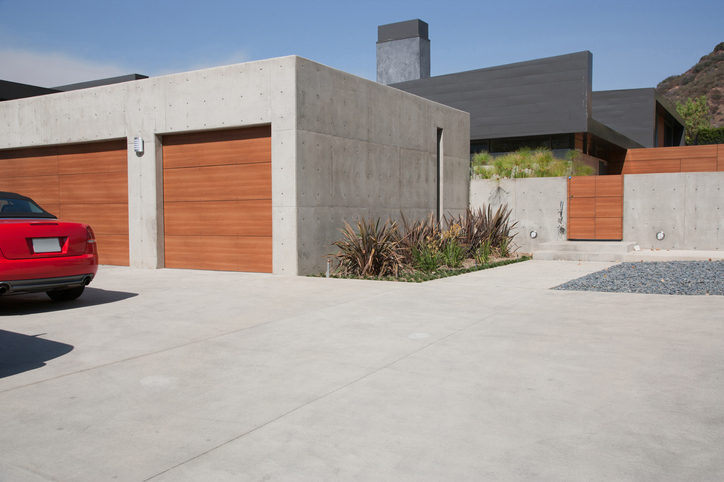
Why Are ICFs Catching Builders' Attention?
Certain types of wood-frame construction are fueling fires in multistory buildings nationwide.
According to the National Ready Mixed Concrete Association (NRMCA), insulated concrete forms (ICFs) in the construction of low- to mid-rise residential (and commercial) buildings offer considerable energy cost savings, reduce building sound transmission and provide storm and fire resistance. These ICF properties, when combined with concrete, produce a building that far surpasses a wood-frame building as far as longevity, durability and environmental friendliness.
Ric Suzio, chairman of the NRMCA's Build With Strength Committee, recently noted that housing authorities, fire marshals and building officials are more receptive to the concept of utilizing ICFs in their building designs; in particular, ICFs offer increased thermal resistance, fire resistance and durability.
According to the NRMCA, ICF homes and buildings are:
Sustainable – The continuous insulation, thermal mass of the concrete and airtight envelope all combine to create superior energy efficiency in warm and cold climates.
Resilient – The steel-reinforced concrete core in ICF buildings is resistant to fire, hurricanes and tornadoes, and can be engineered for all seismic conditions.
Comfortable – The foam and concrete structure of ICFs means the homes and buildings are quiet, draft-free and resist mold.
For builders, ICFs roll six separate construction steps into one simple process:
- Concrete
- Steel reinforcement
- Insulation
- Air barrier
- Vapor barrier
- Furring strips
That means residential home builders can erect ICF homes faster, with fewer callbacks, and build their own basements instead of subbing them out. Only simple handset tools are required, saving the need for heavy and expensive equipment. ICFs are winter-friendly, so builders can build year-round and spend less on winter heat and hoarding costs.
Source: BuildWithStrength.com
According to the National Ready Mixed Concrete Association (NRMCA), insulated concrete forms (ICFs) in the construction of low- to mid-rise residential (and commercial) buildings offer considerable energy cost savings, reduce building sound transmission and provide storm and fire resistance. These ICF properties, when combined with concrete, produce a building that far surpasses a wood-frame building as far as longevity, durability and environmental friendliness.
Ric Suzio, chairman of the NRMCA's Build With Strength Committee, recently noted that housing authorities, fire marshals and building officials are more receptive to the concept of utilizing ICFs in their building designs; in particular, ICFs offer increased thermal resistance, fire resistance and durability.
According to the NRMCA, ICF homes and buildings are:
Sustainable – The continuous insulation, thermal mass of the concrete and airtight envelope all combine to create superior energy efficiency in warm and cold climates.
Resilient – The steel-reinforced concrete core in ICF buildings is resistant to fire, hurricanes and tornadoes, and can be engineered for all seismic conditions.
Comfortable – The foam and concrete structure of ICFs means the homes and buildings are quiet, draft-free and resist mold.
For builders, ICFs roll six separate construction steps into one simple process:
- Concrete
- Steel reinforcement
- Insulation
- Air barrier
- Vapor barrier
- Furring strips
That means residential home builders can erect ICF homes faster, with fewer callbacks, and build their own basements instead of subbing them out. Only simple handset tools are required, saving the need for heavy and expensive equipment. ICFs are winter-friendly, so builders can build year-round and spend less on winter heat and hoarding costs.
Source: BuildWithStrength.com